Steven Holl Architects' dramatic expansion design for The Museum of Fine Arts in Houston
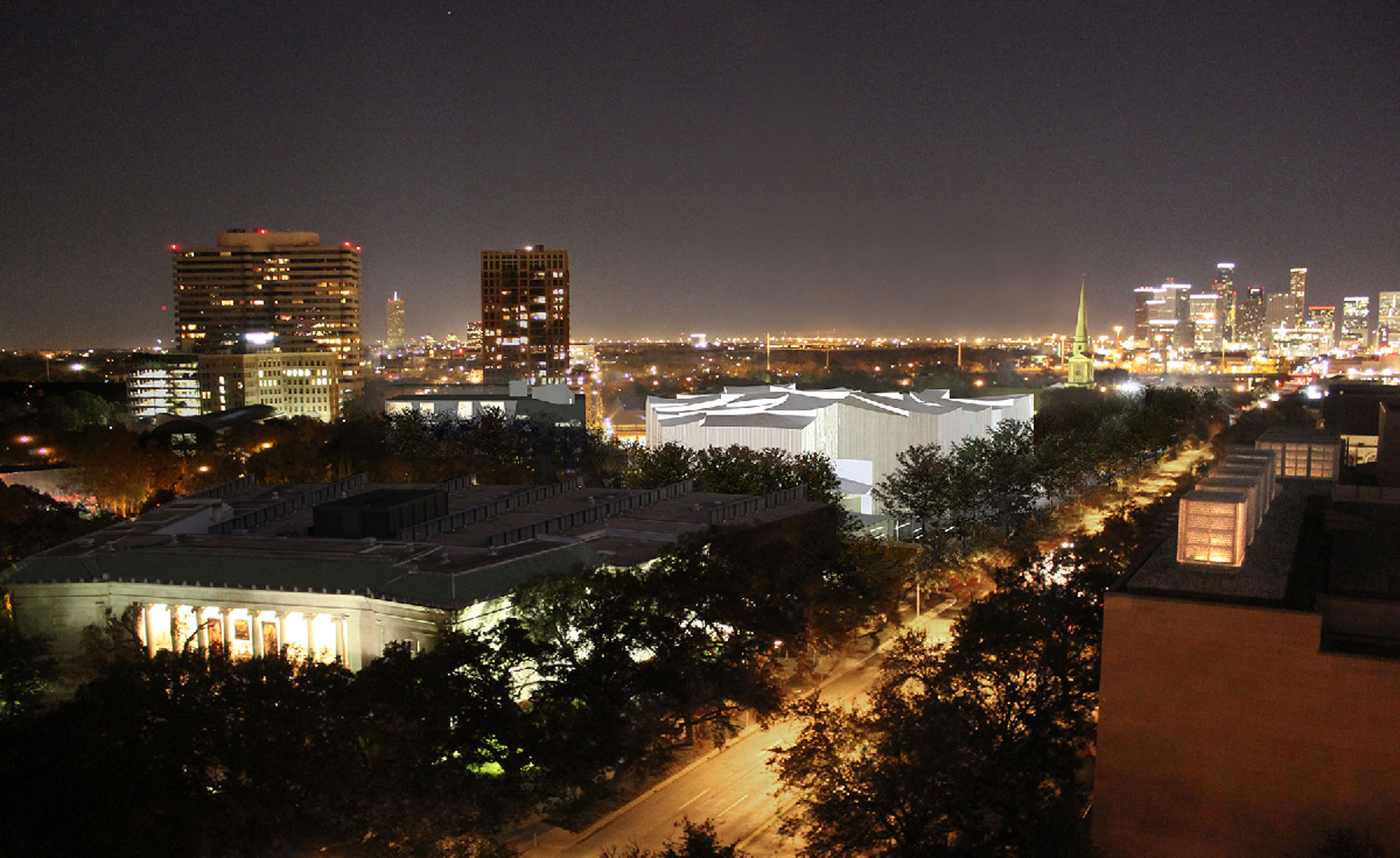
The city of Houston might be famously associated with the solving of tricky astronautical problems, but as of today, it's forging a new artistic legacy. The Museum of Fine Arts in Houston has unveiled its plans for a dramatic redevelopment of its 14-acre campus by Steven Holl Architects. With three-quarters of its funding already secured - that's a whopping $330 million of its total $450 million goal - the institution revealed a unifying master plan that will see the construction of a new art school and museum building, complemented by a cutting-edge conservation centre by Lake Flato Architects.
The new structures will blend harmoniously with the campus' existing iconic buildings by Mies van der Rohe, Rafael Moneo, William Watkin, and a sculpture garden by Isamu Noguchi. It will break ground in the coming months and is expected to complete in 2019.
Speaking during the unveiling of the museum's plans, architect Steven Holl said, 'When I look at the whole project, I think it's probably the most important project that I will ever do as an architect. I'm very grateful to have this opportunity. It's not just a building. It's a campus and a public space that's enormously important for the city of Houston.'
The redevelopment of the museum complex has been a long time in the making. Back in 2012, Steven Holl Architects beat out two other practices to win over the museum's directors and board of trustees with a proposal that completely reorientated the brief that its entrants were set.
The original plan tasked architects to include a multi-storey car park in their design proposal, which Holl promptly ignored. 'When I first presented to [the museum], they asked me, 'Well, where's the parking garage?' There isn't any,' he laughed. "And that was the first thing that was supposed to be built. I think that's why we won. It was hard for [the museum] at first because it was breaking the rules of the competition, but over time they realised that was the way to go.'
No stranger to shaping museums or educational institutions, Holl's vision expands the campus and turns it into an integrated place that the community can also experience. It will provide increased pedestrian access with public plazas, gardens and reflecting pools, and improved sidewalks to facilitate circulation in the new complex.
His design for the new Nancy and Rich Kinder Building - a 164,000 sq ft museum for exhibiting 20th and 21st century art, is a translucent glass tube structure, punctuated by seven vertical gardens around its perimeter that will bring a sense of its surroundings indoors. A concave curved canopy, which Holl imagined as the imprints of Texas' big sky and clouds on the roof's surface, allows light to gently filter through to the 25 galleries inside in an organic way. Soft and fluid in contrast to the stone Moneo building and van der Rohe's steel and glass construction close by, Holl's design will hold its own.
On the other hand, his practice's vision for the new Glassell School of Art building is formed by a series of sandblasted concrete panels, placed at dynamic verticals and angles. The L-shaped construction features a ramped amphitheatre that leads up to a walkable rooftop garden, where visitors can enjoy dramatic views of the newly unified campus. In addition to opening onto Noguchi's sculpture garden and providing added outdoor space for programs and performances, the 80,000 sq ft building also sits atop an extensive underground parking garage. Putting two layers of parking underground allowed not only to not build a parking garage, but also to expand the sculpture garden.
The Glassell School of Art building marks the first phase of the master plan and will begin construction in August. 'With this project, I'm making architecture, social space and public space that's so large, it's shaping urban life and the nature of the city,' says Holl. 'The city is the greatest human artefact. One of the wonderful aspects of being an architect is that every once in a while you get a chance to work on the scale of a city. It's the accumulation of these pieces that makes something special.'
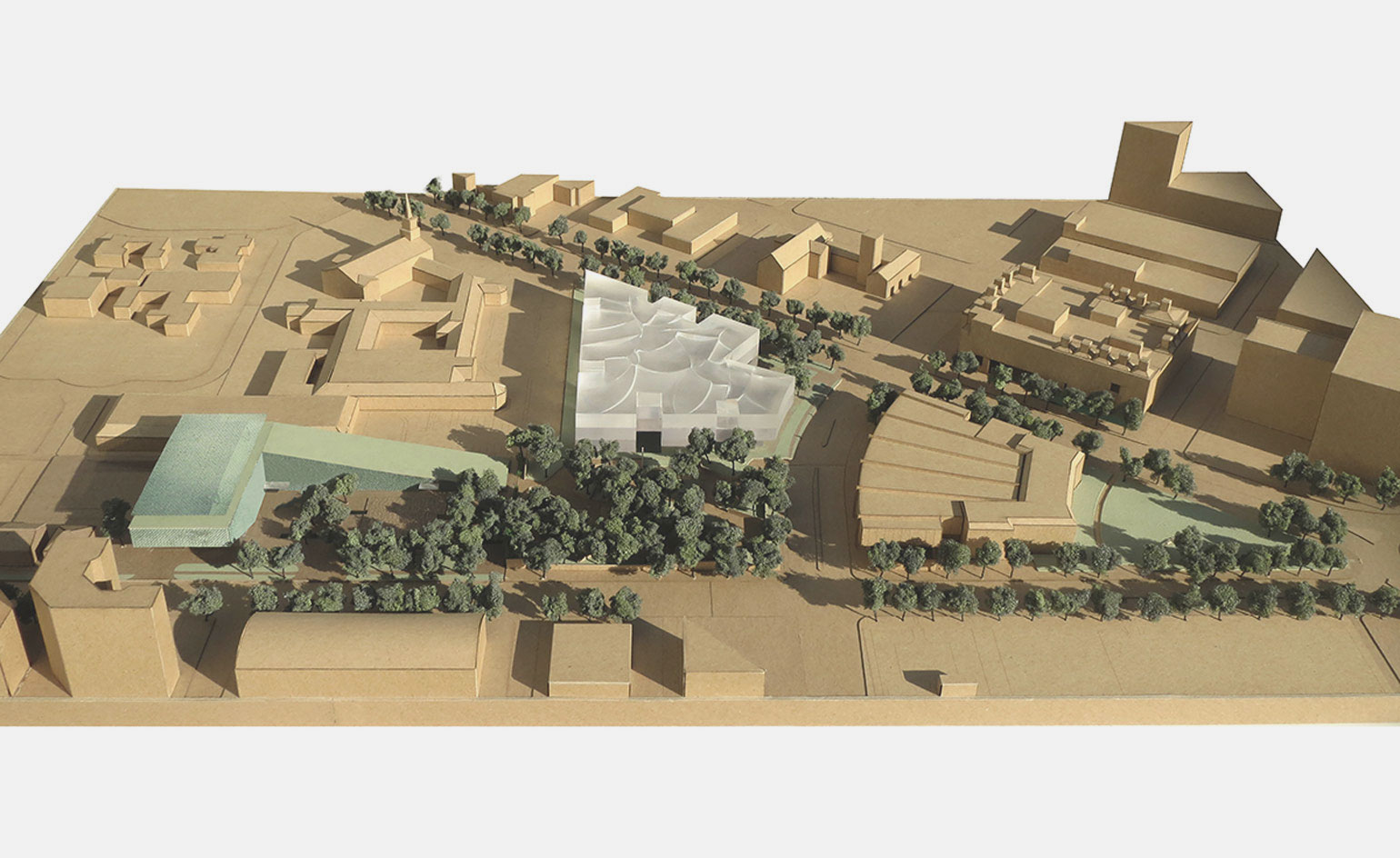
The institution revealed a unifying master plan that will see the construction of a new art school and museum building, complemented by a cutting-edge conservation centre by Lake Flato Architects
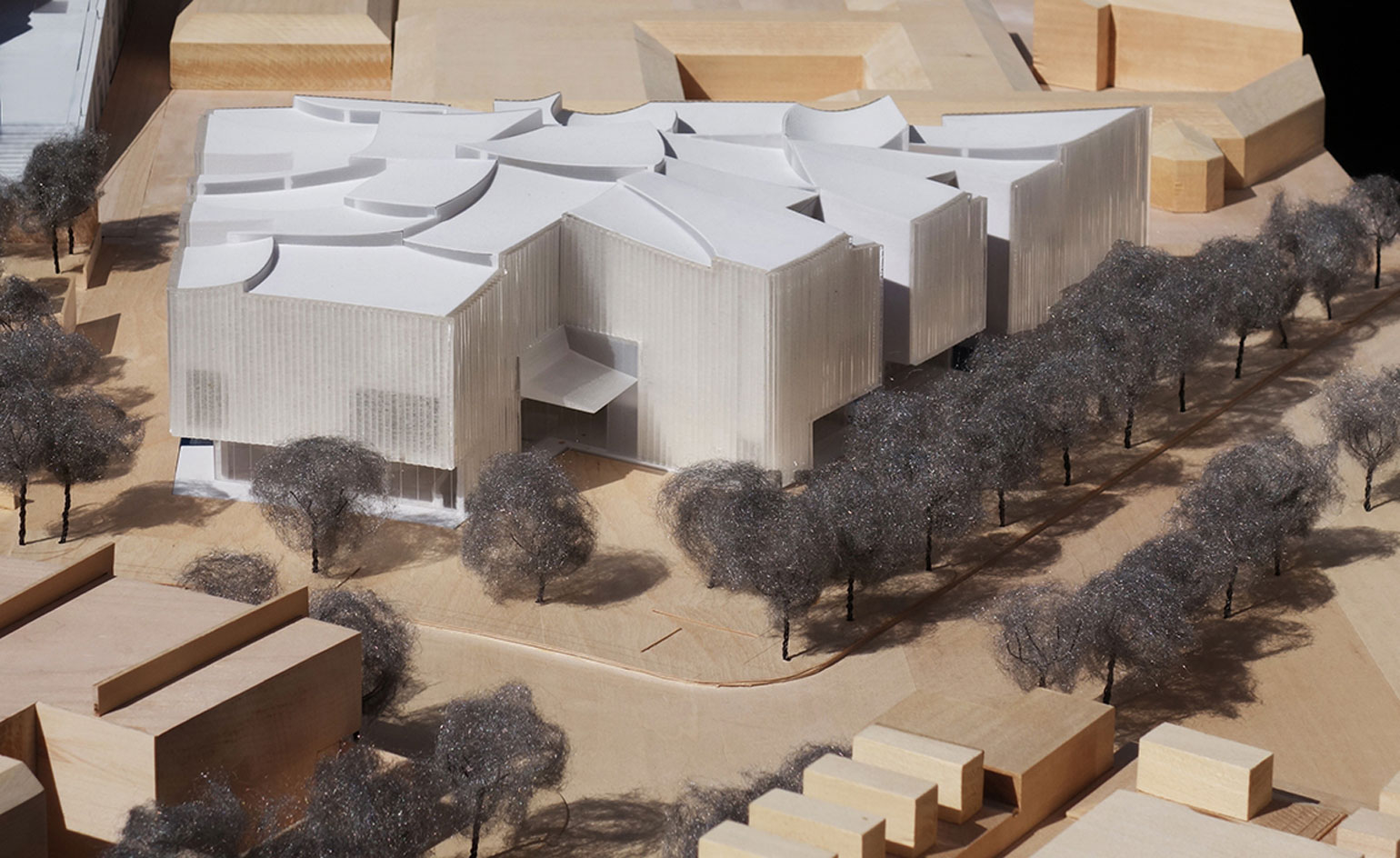
Steven Holl's design for the new Nancy and Rich Kinder Building - a 164,000 sq ft museum for exhibiting 20th and 21st century art, is a translucent glass tube structure
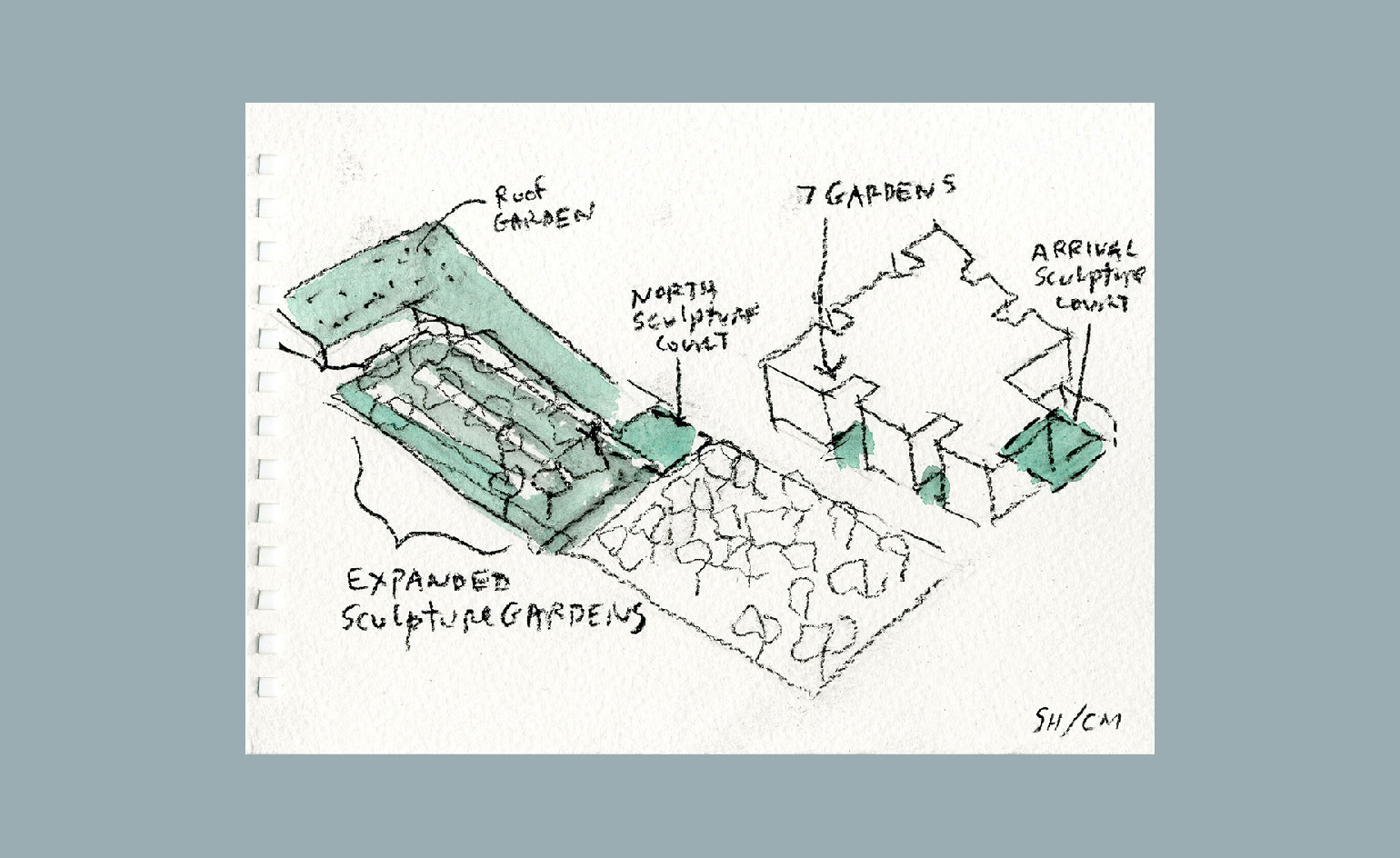
The structure will be punctuated by seven vertical gardens around its perimeter that will bring a sense of its surroundings indoors
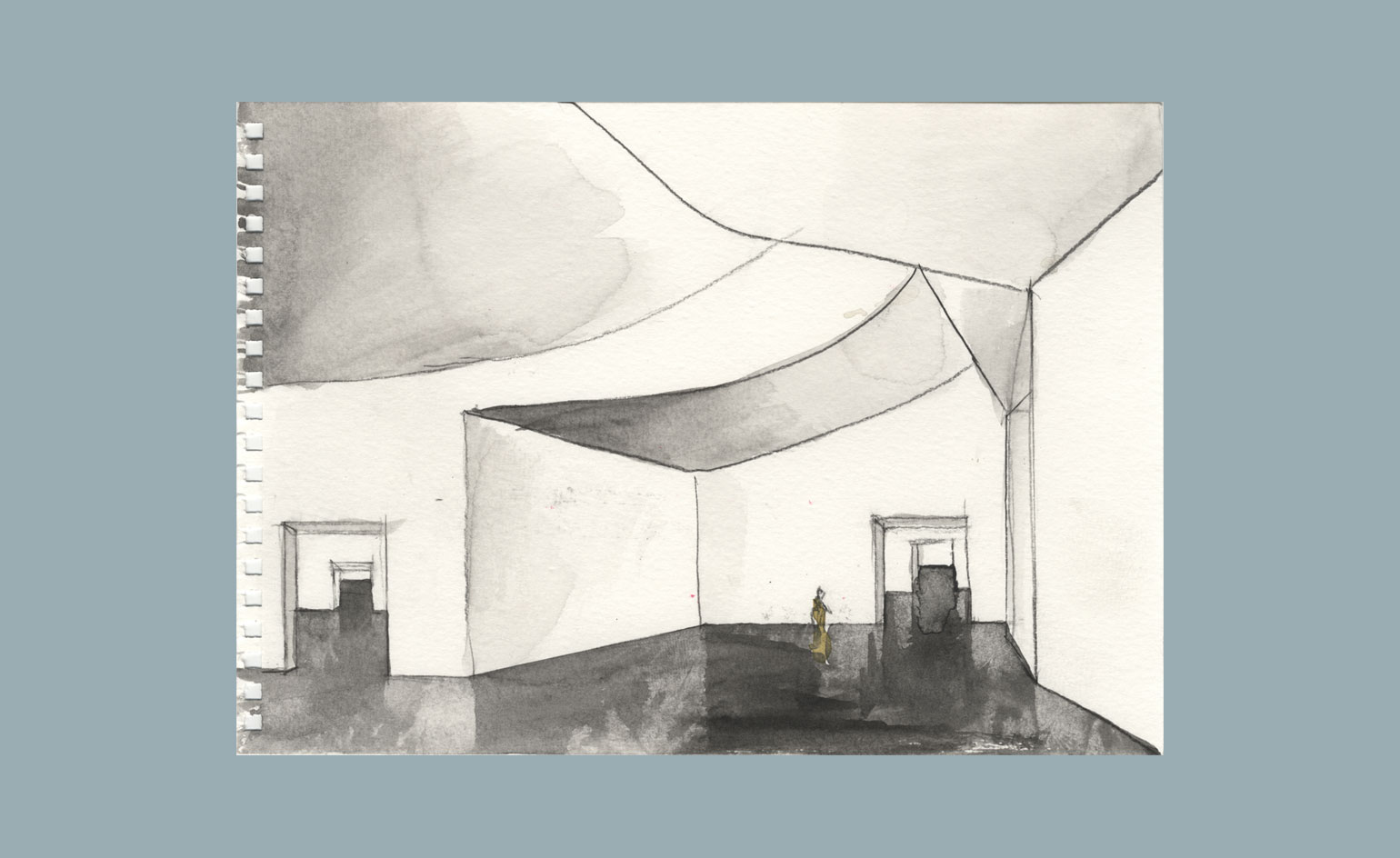
A watercolour of the building's third floor galleries

A concave curved canopy tops the Nancy and Rich Kinder Building, which Holl imagined as the imprints of Texas' big sky and clouds on the roof's surface, allows light to gently filter through to the 25 galleries inside in an organic way
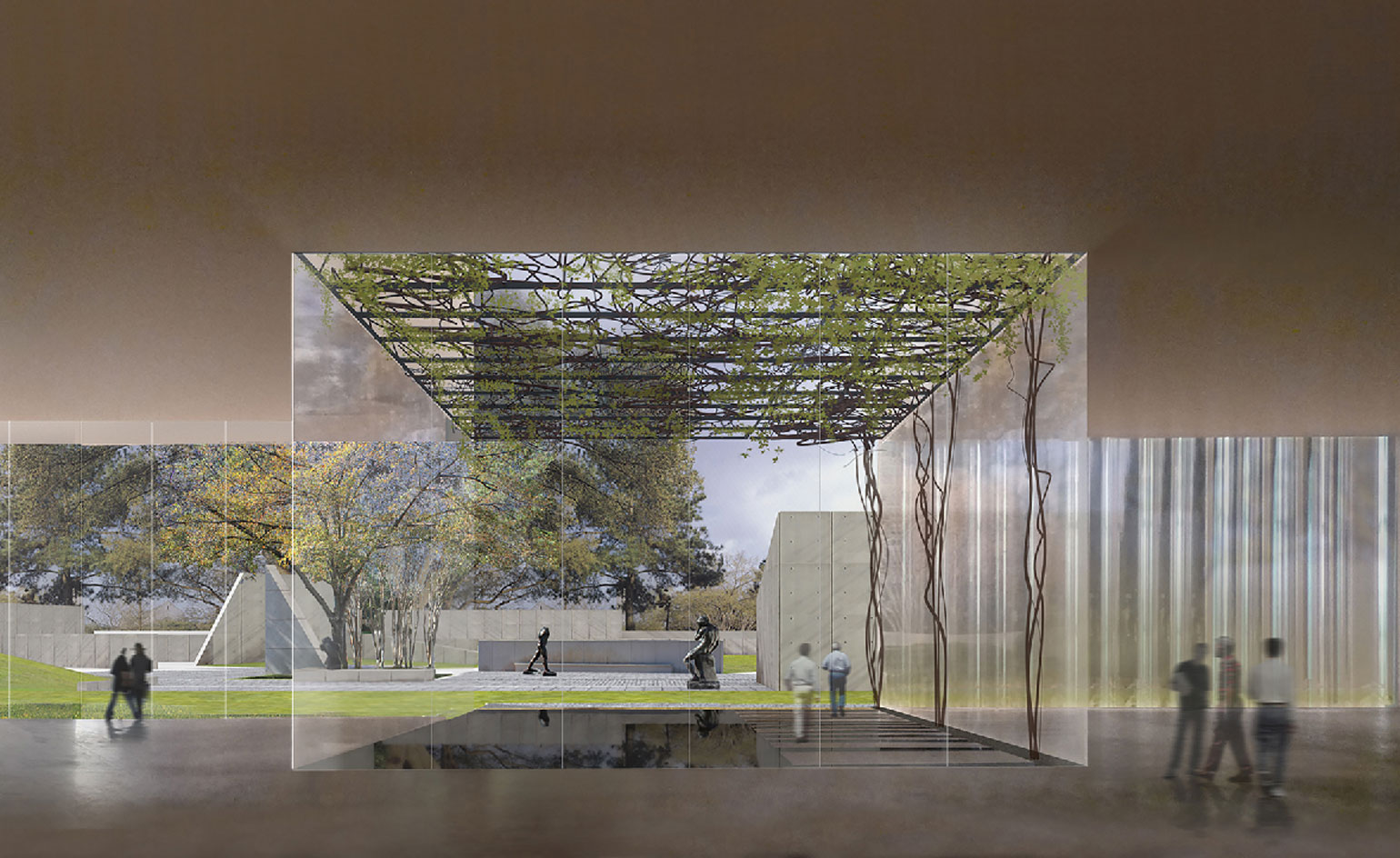
Soft and fluid in contrast to the stone Moneo building and van der Rohe's steel and glass construction close by, Holl's design will hold its own
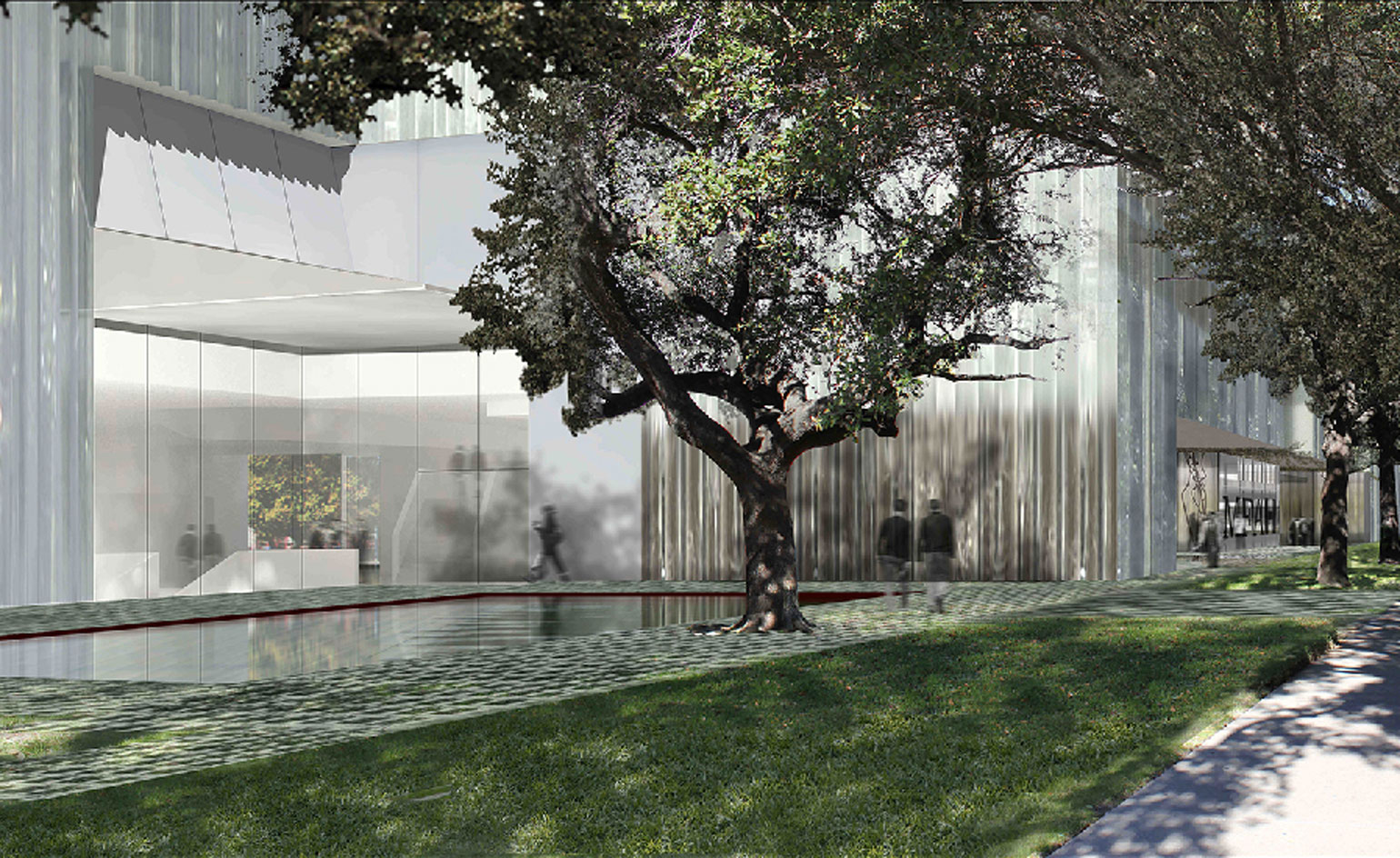
It will provide increased pedestrian access with public plazas, gardens and reflecting pools...
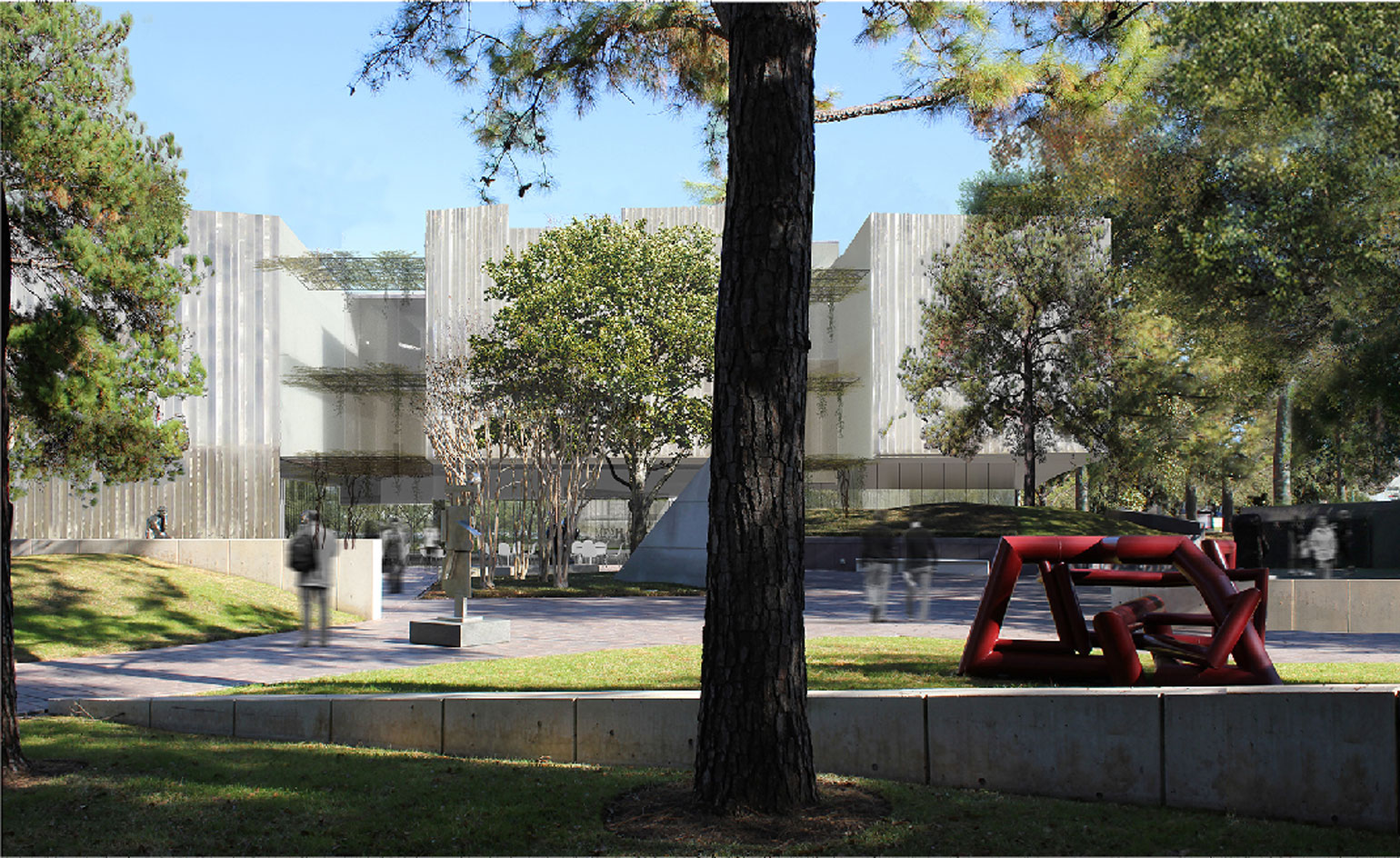
...and improved sidewalks to facilitate circulation in the new complex
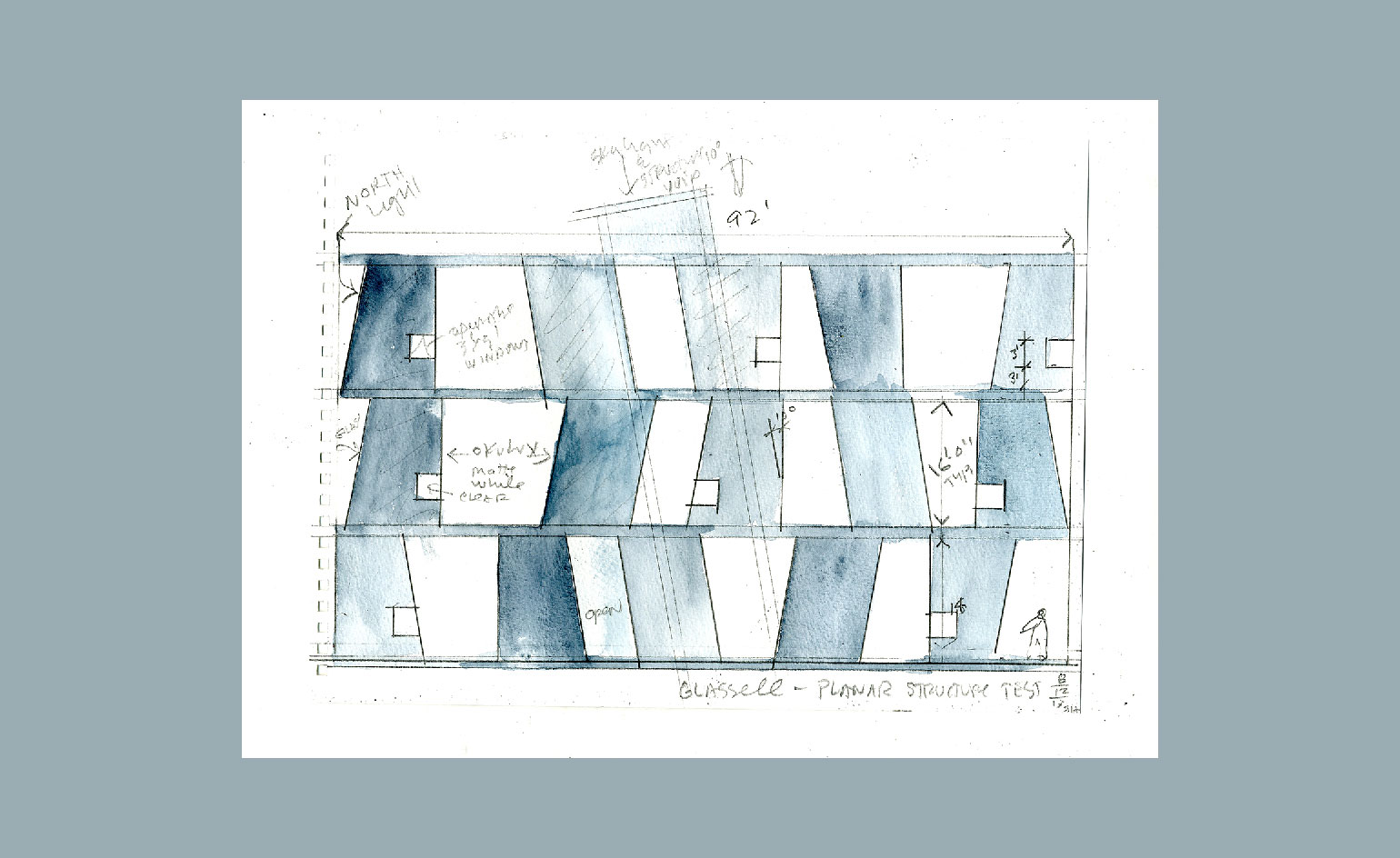
On the other hand, his practice's vision for the new Glassell School of Art building is formed by a series of sandblasted concrete panels, placed at dynamic verticals and angles
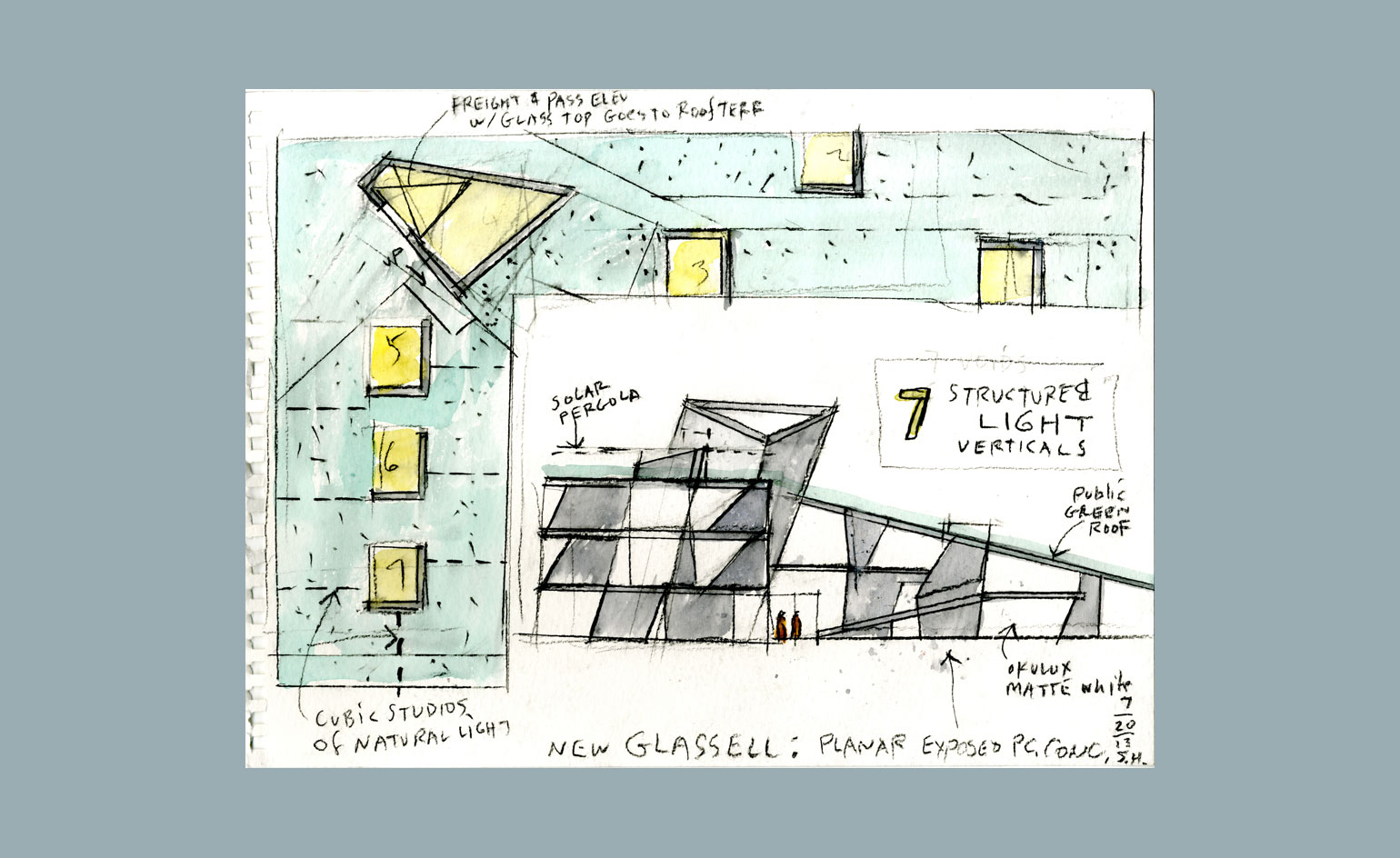
The L-shaped construction features a ramped amphitheatre that leads up to a walkable rooftop garden, where visitors can enjoy dramatic views of the newly unified campus. The architect explains of his working watercolour sketches, 'Everyday, I work for 1-2 hours in the morning on a 5"x7" pad. It's a very efficient way to communicate what the basic ideas are'
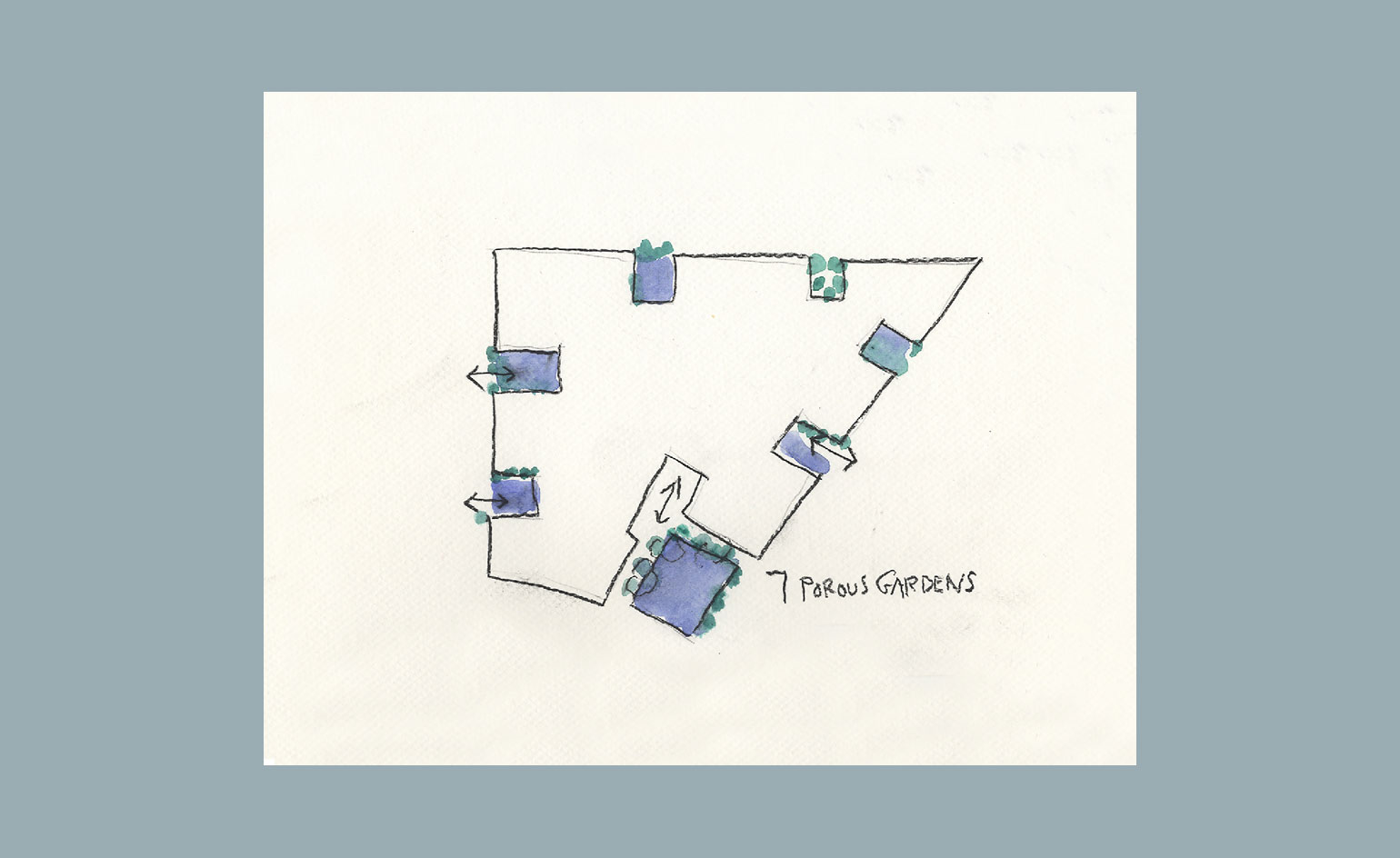
'I can have a concept and write it in words, but I can also show a space, a geometry, texture and which way the light is coming,' he adds. 'All these things can be communicated in a very small drawing'
ADDRESS
1001 Bissonnet
Houston
Texas 77005
United States
Wallpaper* Newsletter
Receive our daily digest of inspiration, escapism and design stories from around the world direct to your inbox.
Pei-Ru Keh is a former US Editor at Wallpaper*. Born and raised in Singapore, she has been a New Yorker since 2013. Pei-Ru held various titles at Wallpaper* between 2007 and 2023. She reports on design, tech, art, architecture, fashion, beauty and lifestyle happenings in the United States, both in print and digitally. Pei-Ru took a key role in championing diversity and representation within Wallpaper's content pillars, actively seeking out stories that reflect a wide range of perspectives. She lives in Brooklyn with her husband and two children, and is currently learning how to drive.
-
 ‘Humour is foundational’: artist Ella Kruglyanskaya on painting as a ‘highly questionable’ pursuit
‘Humour is foundational’: artist Ella Kruglyanskaya on painting as a ‘highly questionable’ pursuitElla Kruglyanskaya’s exhibition, ‘Shadows’ at Thomas Dane Gallery, is the first in a series of three this year, with openings in Basel and New York to follow
By Hannah Silver
-
 Australian bathhouse ‘About Time’ bridges softness and brutalism
Australian bathhouse ‘About Time’ bridges softness and brutalism‘About Time’, an Australian bathhouse designed by Goss Studio, balances brutalist architecture and the softness of natural patina in a Japanese-inspired wellness hub
By Ellie Stathaki
-
 Marylebone restaurant Nina turns up the volume on Italian dining
Marylebone restaurant Nina turns up the volume on Italian diningAt Nina, don’t expect a view of the Amalfi Coast. Do expect pasta, leopard print and industrial chic
By Sofia de la Cruz
-
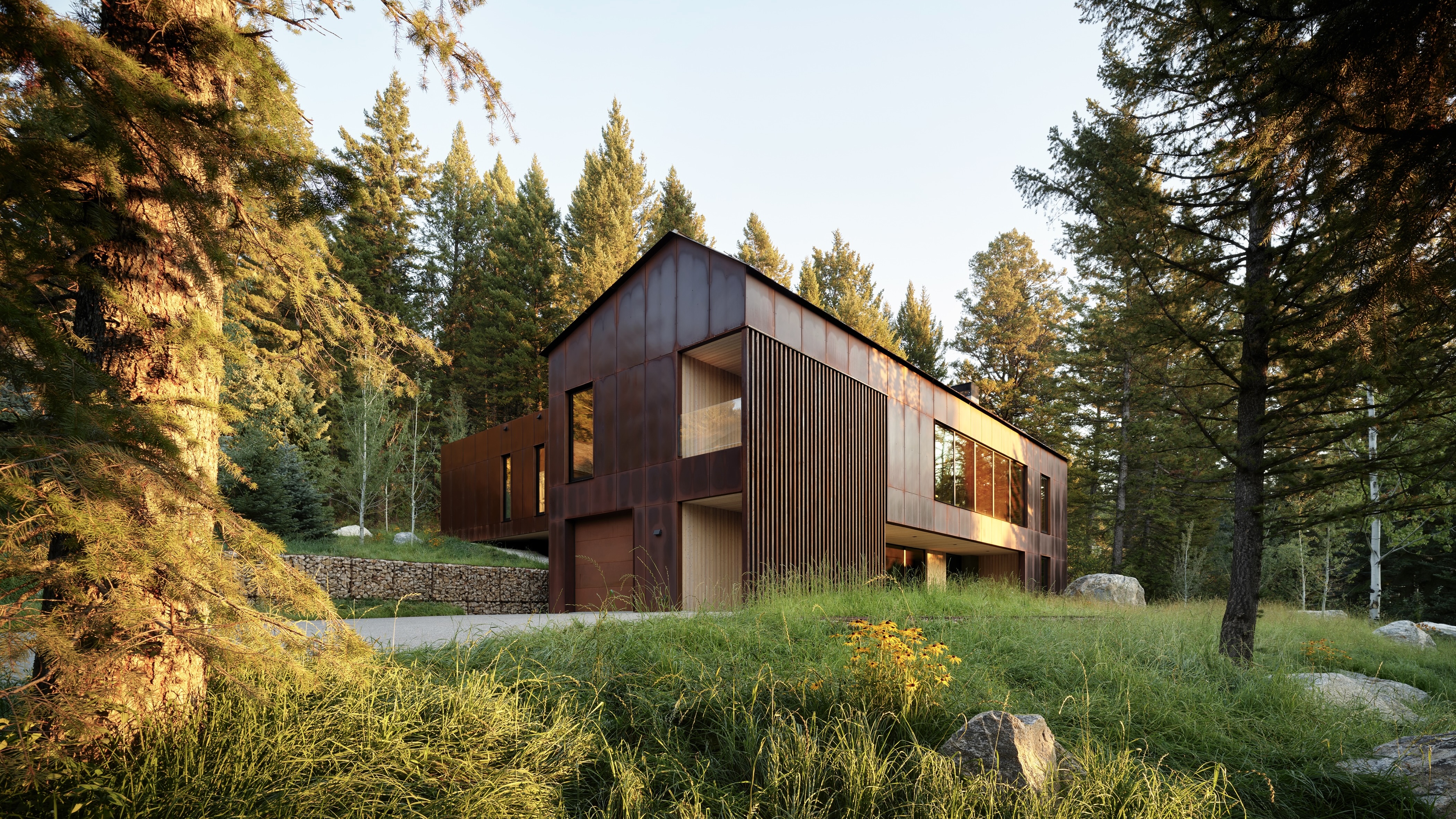 This minimalist Wyoming retreat is the perfect place to unplug
This minimalist Wyoming retreat is the perfect place to unplugThis woodland home that espouses the virtues of simplicity, containing barely any furniture and having used only three materials in its construction
By Anna Solomon
-
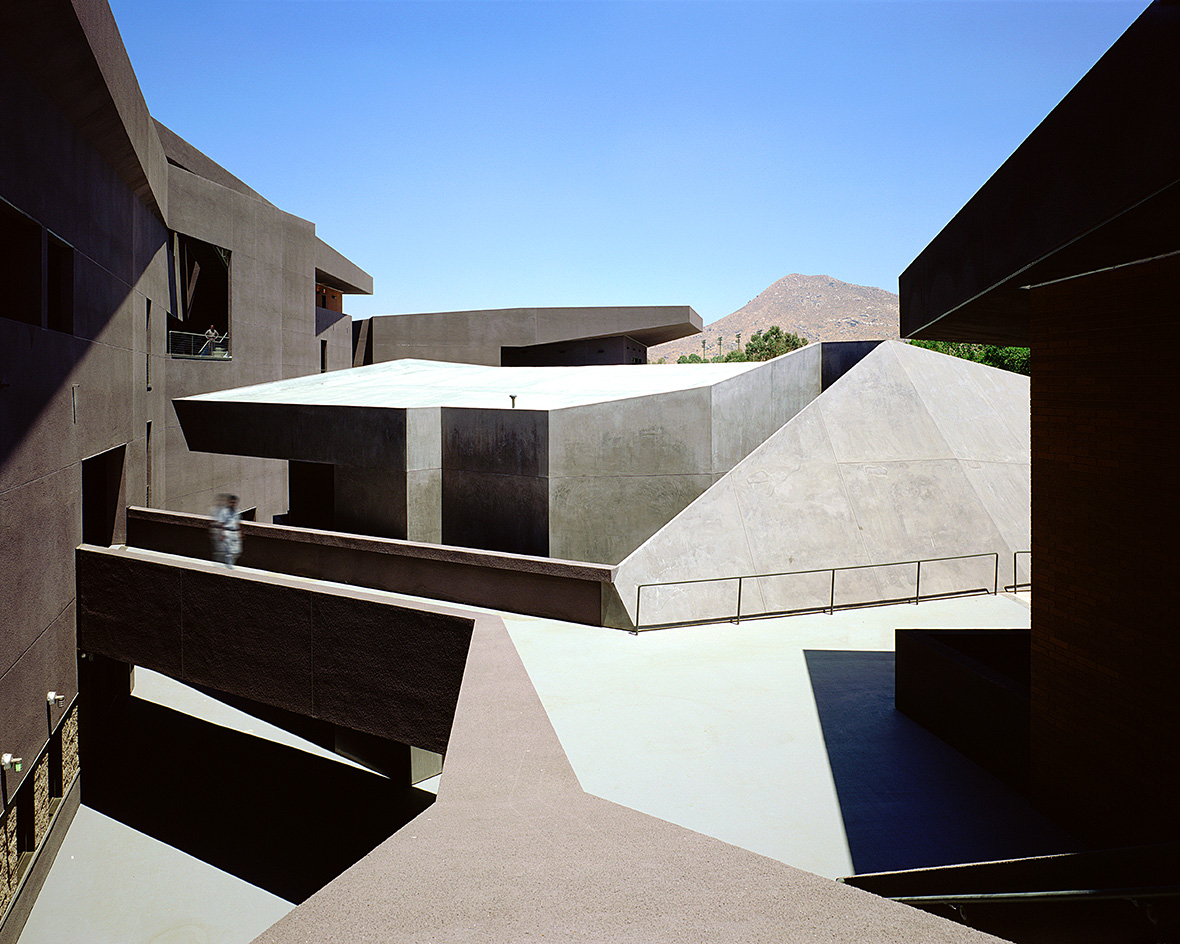 We explore Franklin Israel’s lesser-known, progressive, deconstructivist architecture
We explore Franklin Israel’s lesser-known, progressive, deconstructivist architectureFranklin Israel, a progressive Californian architect whose life was cut short in 1996 at the age of 50, is celebrated in a new book that examines his work and legacy
By Michael Webb
-
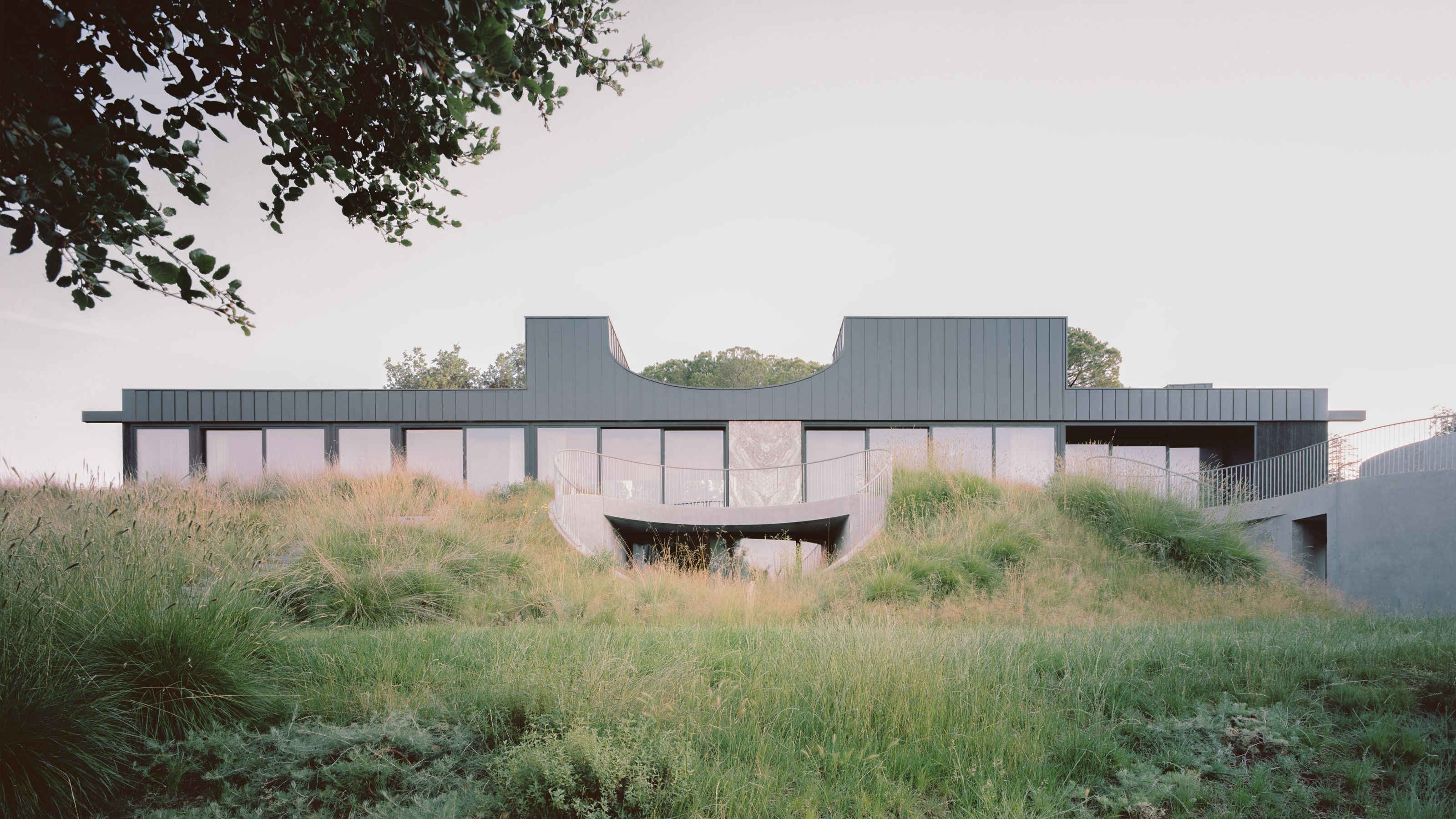 A new hilltop California home is rooted in the landscape and celebrates views of nature
A new hilltop California home is rooted in the landscape and celebrates views of natureWOJR's California home House of Horns is a meticulously planned modern villa that seeps into its surrounding landscape through a series of sculptural courtyards
By Jonathan Bell
-
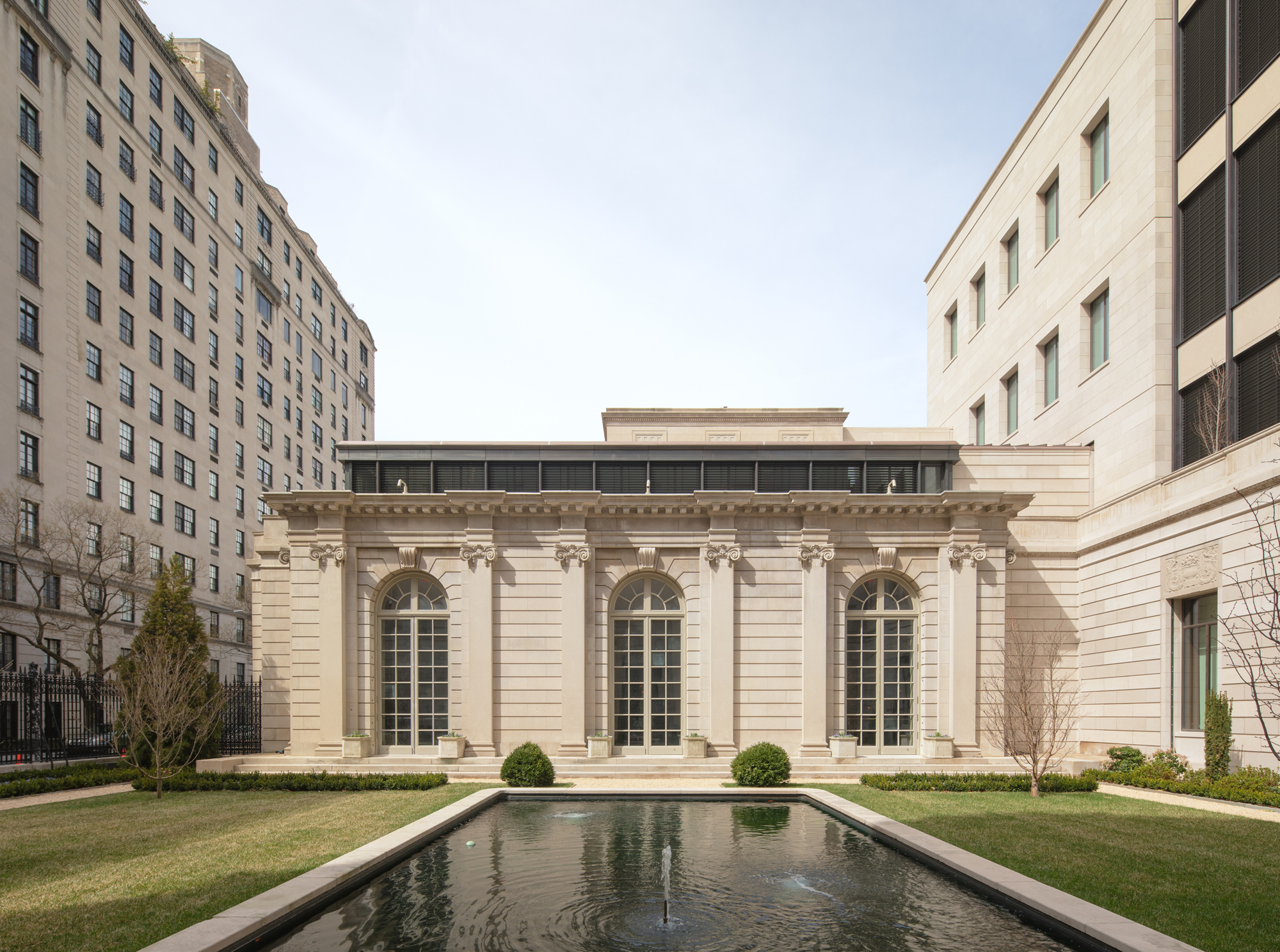 The Frick Collection's expansion by Selldorf Architects is both surgical and delicate
The Frick Collection's expansion by Selldorf Architects is both surgical and delicateThe New York cultural institution gets a $220 million glow-up
By Stephanie Murg
-
 Remembering architect David M Childs (1941-2025) and his New York skyline legacy
Remembering architect David M Childs (1941-2025) and his New York skyline legacyDavid M Childs, a former chairman of architectural powerhouse SOM, has passed away. We celebrate his professional achievements
By Jonathan Bell
-
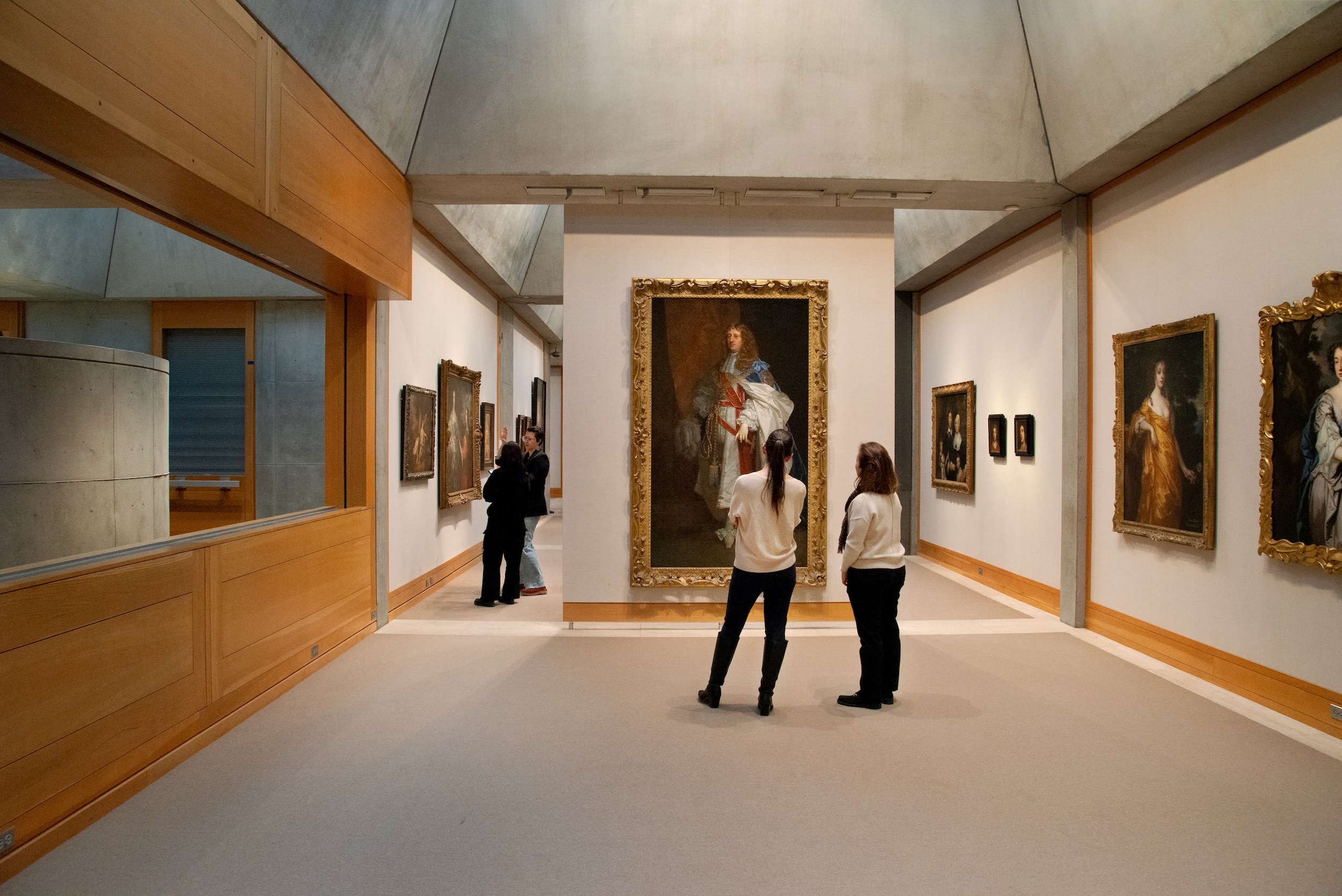 The Yale Center for British Art, Louis Kahn’s final project, glows anew after a two-year closure
The Yale Center for British Art, Louis Kahn’s final project, glows anew after a two-year closureAfter years of restoration, a modernist jewel and a treasure trove of British artwork can be seen in a whole new light
By Anna Fixsen
-
 The upcoming Zaha Hadid Architects projects set to transform the horizon
The upcoming Zaha Hadid Architects projects set to transform the horizonA peek at Zaha Hadid Architects’ future projects, which will comprise some of the most innovative and intriguing structures in the world
By Anna Solomon
-
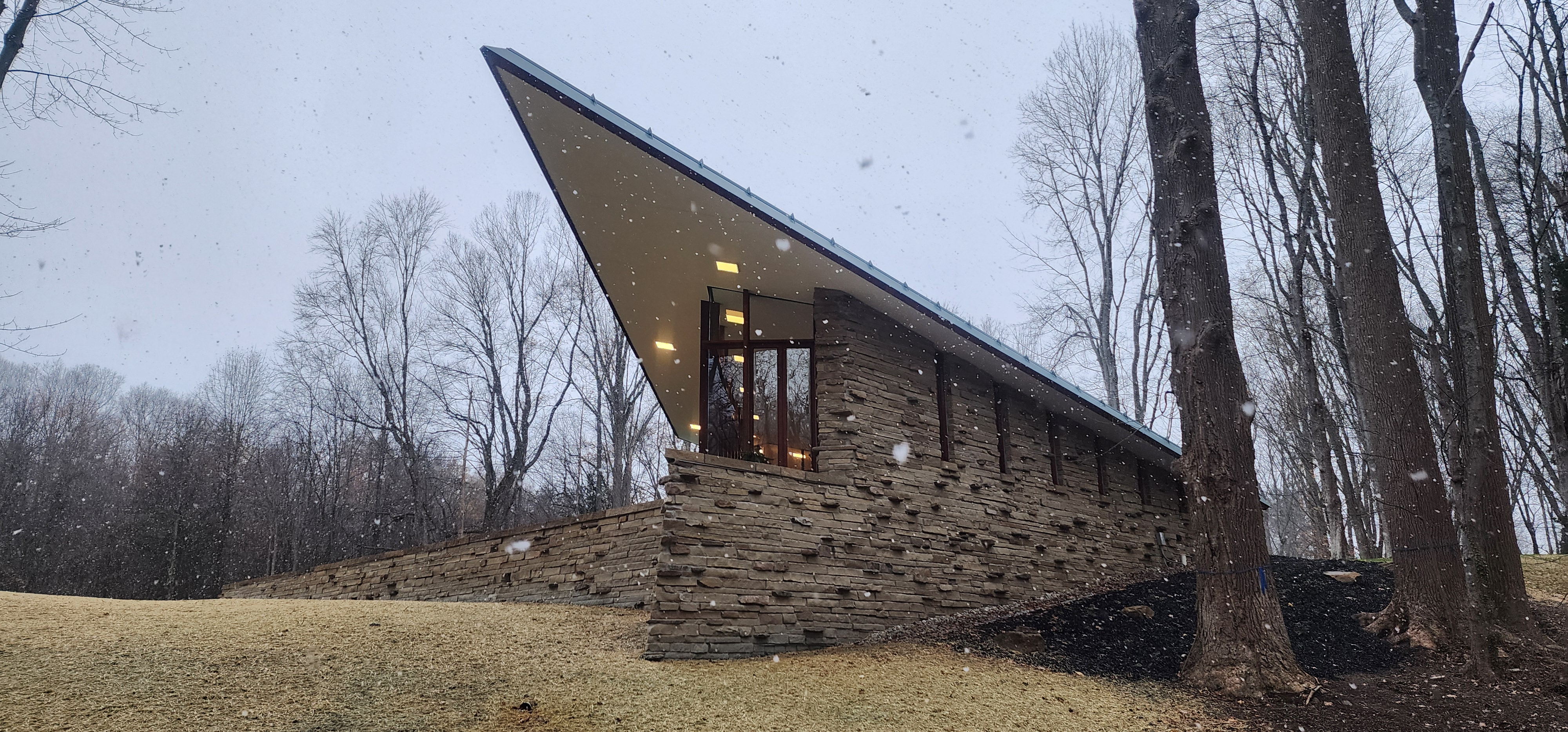 Frank Lloyd Wright’s last house has finally been built – and you can stay there
Frank Lloyd Wright’s last house has finally been built – and you can stay thereFrank Lloyd Wright’s final residential commission, RiverRock, has come to life. But, constructed 66 years after his death, can it be considered a true ‘Wright’?
By Anna Solomon